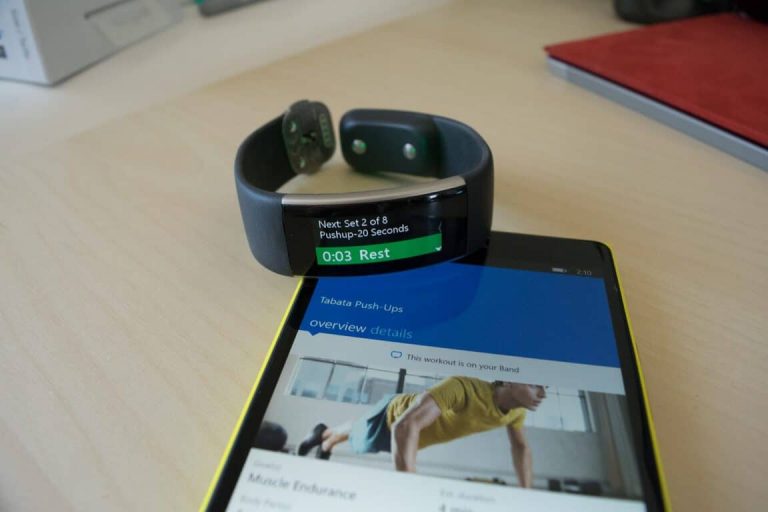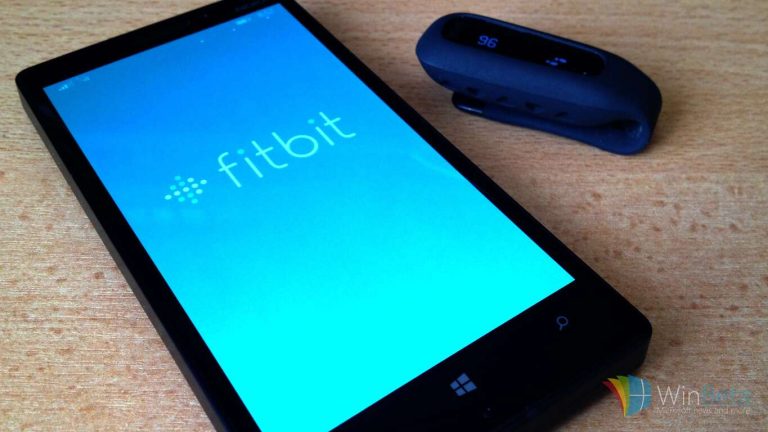This morning, on November 1, word broke that Google would be acquiring Fitbit for $2.1 billion. In a world where Apple Watches can be found on almost everyone’s wrists, the press ate up the story. Many believed it could help Google advance the sad state of WearOS wearables space, and challenge Apple’s crown. Others have also worried about the privacy aspect of the acquisition.
But, since we here at OnMSFT are a Microsoft-centric blog, there’s another end of the story. Does this multi-billion dollar move put the ball in the Microsoft Surface lineup court?
Microsoft has a history in wearables and is already partnering with Google for Surface Duo
Of course, we all remember the Microsoft Band. It was Microsoft’s failed attempt at entering the wearables space. The wearable was a solid piece of hardware and even went through two generations, but it never caught on thanks to the popularity of the Apple Watch and Fitbit. It was also plagued by some quality control issues, with the clasp and the rubber on the Band itself.
Microsoft eventually sunset the Band in 2016 and later shut down its online services for the band in 2018. For a period, Microsoft even started selling Fitbits in its retail stores while the Band was still out, and offered them as an exchange option for those with broken Microsoft Band 2 devices.
But despite the failures, the company proved it could do what it takes to breakthrough with a wearable. It had the servers and a cross-platform app, just like Fitbit, to handle the health data, as well as a team building the hardware. As ArsTechnica’s Ron Amadeo points out, that’s something that even Google struggled with its WearOS. It simply doesn’t have its own SoC design divisions or custom chipsets for its devices and needs to rely on Qualcomm.
That makes us wonder, could Microsoft partner with Google to develop a Surface-branded Fitbit device? After all, Microsoft has already partnered with Google to release a Surface device running Android. With Google behind it, could we dare dream of a Surface-branded wearable that is powered by Fitbit’s existing FitbitOS? Or perhaps a Fitbit wearable with WearOS in the future that benefits the mobility of Surface Neo, Duo or even Android, Windows 10, and other devices just like the Microsoft Band once did?
It would add another option to a market that could become a monopoly
At the end of the day, there are currently only two major players in the wearables space. That includes Apple, and what would eventually become Google with Fitbit. There are also players like Samsung or Huawei, but these aren’t as prevalent in the United States. Apple shipped 5.7 million Apple Watches worldwide in the second half of the year, Samsung shipped 2 million units during Q2 2019, and Fitbit topped out at 1.2 million shipments.
If Microsoft were to enter back in the space, with a wearable designed in partnership with Google, consumers would again have one more choice, with a major shot at Apple’s glory. Microsoft could also license Fitbit from Google, the same way it has done with Samsung and Android devices. That still won’t solve the issue with the wearables becoming a monopoly, but the ball is in Microsoft’s court. There’s now another opening to get back into the market, and it’s time we see a Surface watch.



